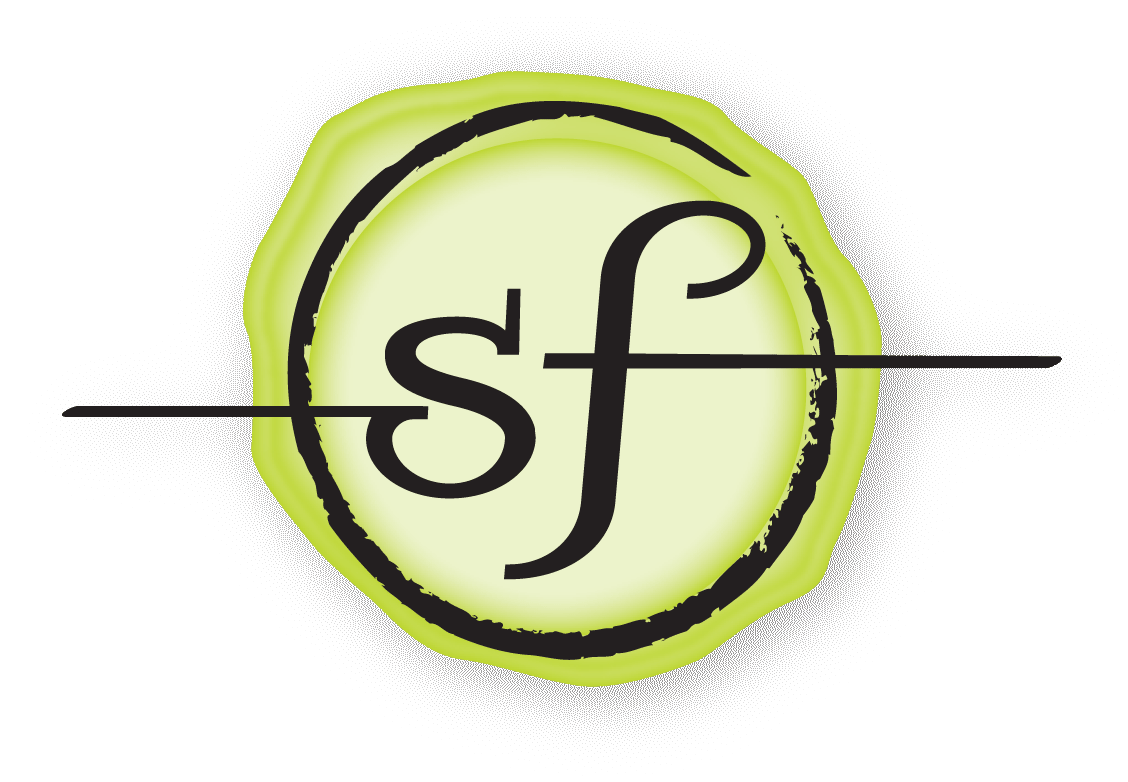I recently did some consulting with the National Council on Public History, as the organization begins a formal cooperative relationship with the National Park Service. This effort led to a few great conversations with the indomitable Anne Mitchell Whisnant, with input from Rolf Diamant and Janet Ore, about how to best foster a collaborative culture within this new program.
Now, public history is, by its very nature, collaborative, and the park service, too, has elements of its work that rely on a variety of perspectives and opinions. To be honest, just about everything I know about collaboration I learned from public history work and the mentoring of numerous NPS historians. But truly collaborative projects often remain elusive, so I benefited from this conversation with Anne, Rolf, and Janet, because there are always new approaches to try.
Collaboration must be the theme of the summer, because I find myself here at season’s end reflecting on these conversations and the question of how to make a team effort better than the sum of its parts. This month, I am conducting a series of virtual interviews with staff at Golden Gate National Recreation Area, a National Park Service unit in the San Francisco Bay area that includes such well-known sites as Alcatraz, the Presidio, and Muir Woods.

which is part of the larger Golden Gate National Recreation Area.
Image courtesy of NPS, public domain.
The park has hired me to assist with their planning for an upcoming Historic Resource Study. The overall project involves determining what research has already been done, what research needs to updated, and what new research is needed to help the park accomplish its goals. We’re still relatively early in the effort; I’ve reviewed existing research and offered an assessment of how well various topics are covered.
Now, we’re at the stage where we need input. I’ve been interviewing park staff from various divisions–cultural resource management, interpretation and education, planning, community relations, public outreach–to get a sense of what they need from a historic resource study and what historical topics they think are most relevant to the park’s efforts to serve its visitors.
It has been so beneficial to hear from all these different staff people, with all their individual personalities, professional disciplines, and dreams for the Golden Gate lands. They’ve encouraged me to approach this project from new angles and given me so many new ideas. And I’m reminded yet again about what great things we can accomplish when we collaborate.
The views and conclusions contained in this document are those of the author and should not be interpreted as representing the opinions or policies of the U.S. Government. Mention of trade names or commercial products does not constitute their endorsement by the U.S. government.
